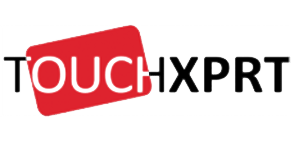Everyone wants in on the tablet market. This month, two software vendors have announced hardware tablets—Microsoft’s Surface and Google’s Nexus 7. Both vendors in the past relied on OEMs to create tablets using their software (Windows and Android). Both have met with limited success doing so.
Now, both are trying Apple’s strategy of controlling the hardware as well the software. Unlike Apple, however, Microsoft and Google still need to work with their OEM partners. I’m looking forward to watching that delicate dance!
I’m looking forward more, however, to being able to actually play with both of those products. I’m also looking forward to using TouchXPRT on such products. We have not given you an update in a while on TouchXPRT, but rest assured that we are hard at work on it. Once we have HDXPRT 2012 ready to go, we will give you more details on where we are with TouchXPRT and its current schedule. The touch and tablet market are heating up and we plan to be there for it. As we have indicated before, we will support Windows 8 Metro in the first version, but we see a real need for TouchXPRT to work on multiple platforms. So much to do!
Please note that today is the end of the beta test period. We appreciate the results, bugs, and suggestions you have sent so far. Feel free, however, to continue to send us any feedback or issues you find even after the official beta period is complete. After today, we can’t guarantee to be able to address them, but we will try.
Bill












